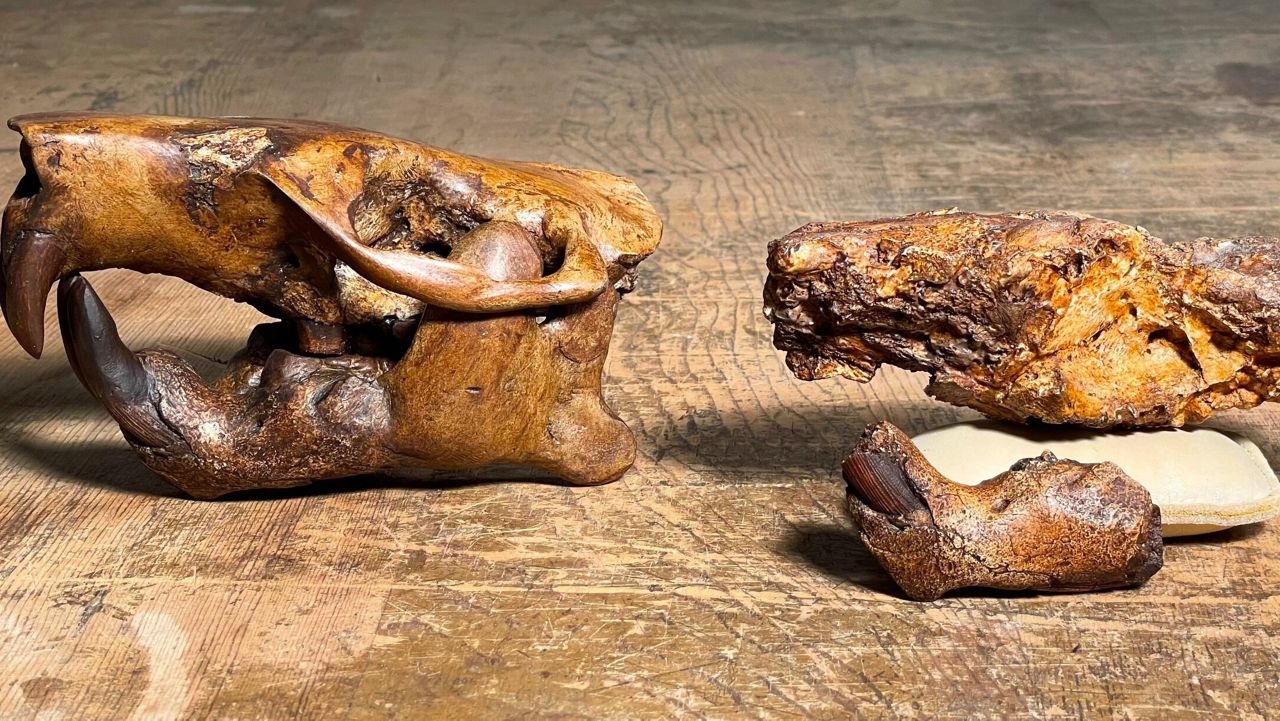AUSTIN, Texas — University of Texas at Austin’s fossil collections researchers have discovered a species of ancient beaver and named it after the mascot of Texas’ pride and joy, Buc-ees. Buc-ees is a Texas-based chain of travel centers featuring a cartoon beaver mascot.
The full name for the beaver is Anchitheriomys buceei, or “A. buceei” for short.
UT Jackson School for Geosciences research associate Steve May, the lead author of the paper on A. buceei, says the beaver’s Texas connection and a chance encounter with a Buc-ee’s billboard is what inspired the name.
May’s paper details that A. buceei lived in Texas about 15 million years ago. According to co-author Matthew Brown, A. buceei wouldn’t have looked too different from the beavers living in Texas today. However, a main difference would be in their size. Compared to modern beavers, A. buceei was nearly 30% larger, yet still remain smaller than the bear-size beavers living in North America during the Ice Age.
The collections of A. buceei at UT derives from six Texas sites, but most of what the researchers know about the fossil beaver is from a partial skull from Burkeville, Texas. The fossil is created from a fusion of bone and brain cast created when sediment seeped into the beaver’s brain cavity.
UT researchers are not the first to come across this new species. In fact, a team of Texas paleontologists collected the skull in 1941. Texas A&M museum curator and former paleontologist Curtis Hesse had wrote down in notes that he planned to name the new species. However, he died before completing and publishing his studies. Decades later, May and Brown are able to pick up where he left off with the development of new technologies and better understanding of beaver fossil records.
“New discoveries in the field capture lots of attention, but equally as valuable are the discoveries made in existing museum collections,” Brown said. “We know that these opportunities are littered throughout the drawers in these cabinets.”








